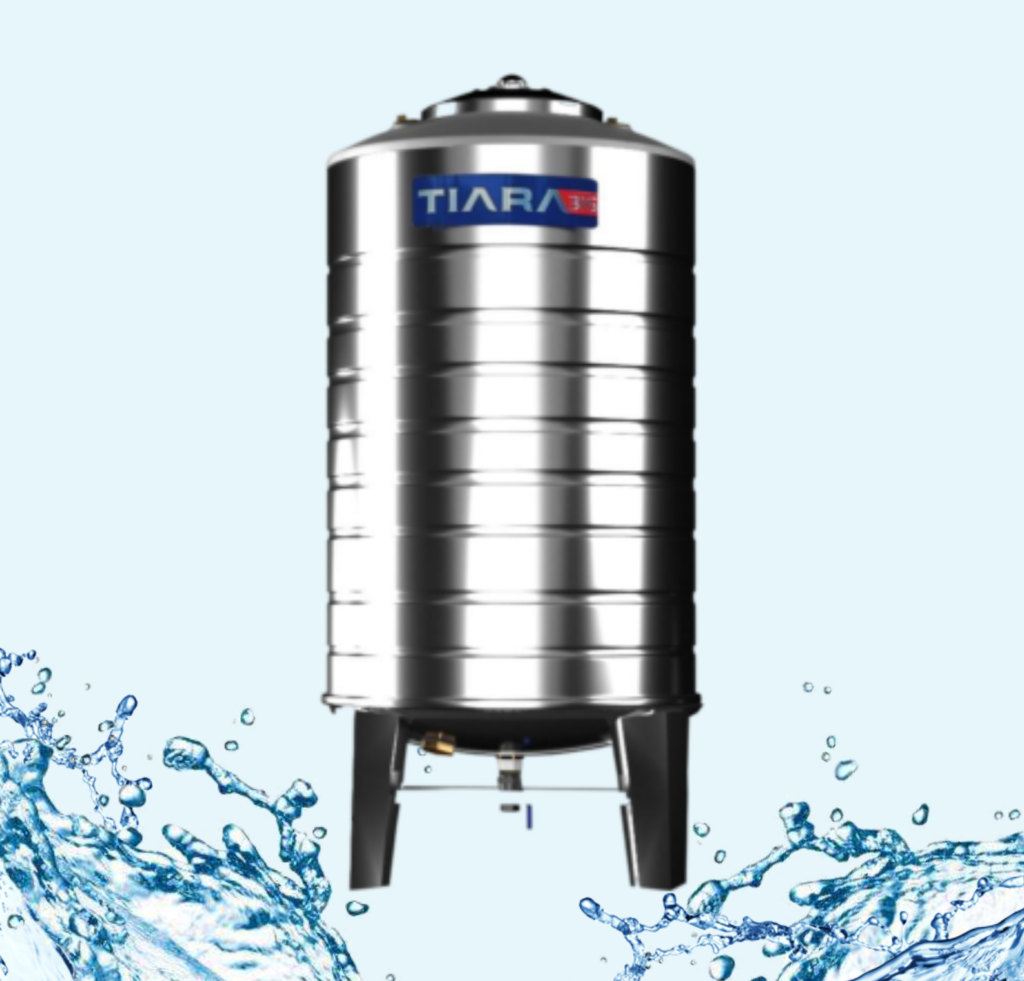
Stainless steel has long been a material of choice for various industries, particularly in water storage applications. Its unique properties make it durable, hygienic, and resistant to corrosion. The secret behind stainless steel’s remarkable corrosion resistance lies in its chemistry and the protective mechanisms it employs.
At the heart of stainless steel’s composition is its high chromium content, which typically ranges from 10.5% to 30%. Chromium is a critical element in creating a passive layer on the steel’s surface. This passive layer is an invisible, self-repairing film of chromium oxide that forms when the chromium reacts with oxygen in the environment. The layer acts as a barrier, protecting the steel from moisture, oxygen, and other corrosive elements that could lead to rusting.
One fascinating aspect of the passive layer is its ability to self-heal. If the surface of stainless steel is scratched or damaged, the exposed area can quickly regenerate the chromium oxide film, provided there is enough oxygen present in the surroundings. This self-repair mechanism ensures long-term corrosion resistance, even in challenging environments.
Water storage tanks often face conditions that could promote corrosion, such as varying pH levels, dissolved salts, and exposure to chlorine. Stainless steel handles these challenges exceptionally well due to its alloying elements. For instance, nickel, molybdenum, and nitrogen are often added to enhance specific properties.
Nickel improves the steel’s strength and resistance to acidic environments, while molybdenum bolsters its resistance to pitting and crevice corrosion caused by chloride ions. Nitrogen, on the other hand, enhances the steel’s strength and further stabilizes the passive layer.
The grade of stainless steel also plays a crucial role in determining its performance in water storage. Austenitic stainless steels, such as grades 304 and 316, are commonly used in this context. Grade 304 is versatile and cost-effective, but grade 316 is often preferred for more aggressive environments due to its higher molybdenum content, which offers superior resistance to chlorides.
In addition to its corrosion resistance, stainless steel offers other advantages in water storage. It is non-toxic, ensuring that stored water remains safe for consumption. Its smooth surface resists microbial growth, making it easier to maintain hygienic conditions. Moreover, its durability translates to a longer lifespan and lower maintenance costs, making it a sustainable and cost-efficient option.
The science behind stainless steel’s corrosion resistance demonstrates how a thoughtful combination of elements and properties can create a material that excels in demanding applications. Whether storing potable water, industrial water, or even aggressive chemicals, stainless steel stands out as a reliable and efficient choice, ensuring longevity and safety.
In conclusion, the interplay of chromium, oxygen, and other alloying elements creates a resilient material that continues to redefine possibilities in water storage and beyond. Stainless steel is a testament to the ingenuity of materials science, offering a balance of functionality and sustainability.


